16 Sep SOUND Week Day 1: How the sounds of our world affect our health, well-being, and productivity.
Posted at 09:00h
in Articles
It is time to be aware of the sounds around us, and to think about the way these sounds affect you – the way the world sounds has a measurable effect on our feelings, our ability to heal, our productivity at work, and our well-being. All of this weeks fast facts come from a research paper called “Building in Sound”, which is an in depth look at sound and health (link at the bottom of this article). Not interested in reading this informative 19 page article? Read below for some of the most interesting facts:
Day 1: Noise Pollution, Productivity, and Economics
- In Europe alone, the estimated cost of noise pollution is 30.8 billion a year. A report published in 2011 by the World Health Organization calculated the financial cost of lost work days, healthcare treatment, impaired learning, and decreased productivity due to noise; 30.8 billion is a staggering number alone, but even more dramatic when you consider that this is only one continent. Imagine what the annual cost of noise pollution of the entire world would amount to!
- If you can hear someone talking while you’re reading/writing, your productivity drops by 66%. Without the bosses even knowing it, an office with an open floor-plan distracts workers and as a result reduces their productivity. A study published in British Journal of Psychology in 1998 found that employees were highly distracted when they could hear conversation around them, and less able to perform their duties. Another study found that noise in an office also correlated to increased stress hormone levels, and a decrease in office engagement. On the opposite side, according to a Sound Agency case study, when sound masking technology was used in an office, there was a 46% improvement in employees’ ability to concentrate, and their memory accuracy increased 10%.
Want to know more? Here is the full document where all of this information was found:

